TENERIFE
Economy
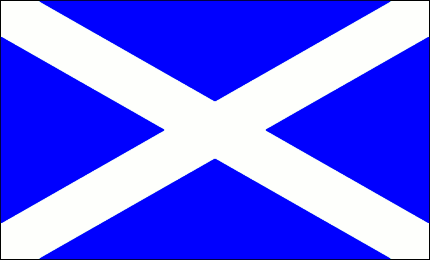
Economy

Cities in TENERIFE
| Costa adeje | Los cristianos | Playa de las americas |
Popular destinations SPAIN
| Andalusia | Catalonia | Costa blanca |
| Costa brava | Costa del sol | El hierro |
| Formentera | Fuerteventura | Gran canaria |
| Ibiza | La gomera | La palma |
| Lanzarote | Mallorca | Menorca |
| Tenerife |
Economy
Concise History of the Economy
After the arrival of the Spaniards in the 15th century, sugar cane was mainly grown on Tenerife. A major disadvantage of the monoculture was that millions of pine trees died, after which erosion took hold on the island. The harmful consequences of this are still very noticeable today. The original Guanche population, who were used as slaves on the plantations, also suffered greatly. By 1700, the lucrative sugar trade was over as a result of competition from countries such as Cuba.
However, the sugar industry was replaced by viticulture, especially in Tenerife. However, the vineyards were destroyed in the 19th century by mildew, a plant disease. The Canary Malmsey wine was very popular in mainland Europe at the time.
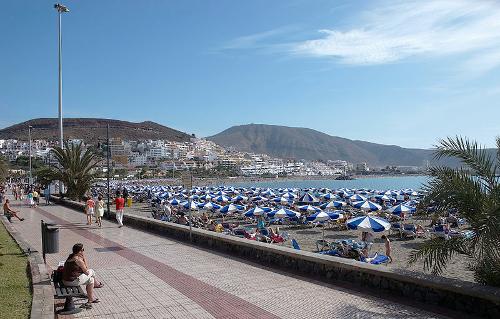 Los Cristianos beach, TenerifePhoto: Wouter Hagens CC 3.0 Unported no changes made
Los Cristianos beach, TenerifePhoto: Wouter Hagens CC 3.0 Unported no changes made
After the winegrowing, the focus was on the planting of Opuntia cacti on which the cochineal or scale insects were cultivated. A beautiful purple dye was made from these scale insects, used, among other things, for dyeing fabrics. In the mid-19th century, the Chinese banana was the main agricultural crop and export product of the Canary Islands.
The Canary Islands were and still are important as a mooring place for ships. In 1852, the entire archipelago was declared a free port area, further promoting trade.
In the late 1970s and early 1980s, the Canarian economy got into serious trouble due to tourists staying at home and the sharply declining trade with African and Latin American countries. After 1983, mass tourism started again and more and more capital was invested in the tourism industry. In 1989 another economic dip followed, which once again showed that the tourist industry is very sensitive to the economic cycle.
Current economic situation
The main agricultural products of Gran Canaria are currently bananas, tomatoes and potatoes. All these products are exported to Europe and the United States. Coffee bushes are often planted around the banana plantations, but the yield is intended for personal use. This also applies to the cultivation of cotton, sugar cane, grains, vegetables and fruit.
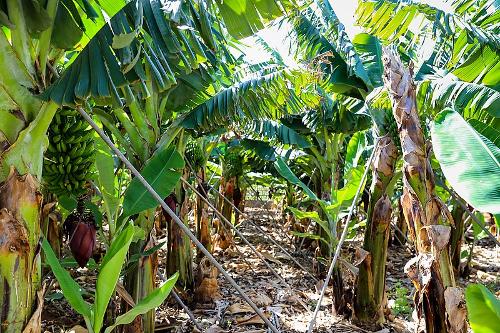 Banana trees TenerifePhoto: Dronepicr CC 2.0 Generic no change made
Banana trees TenerifePhoto: Dronepicr CC 2.0 Generic no change made
More than 90% of the bananas are exported to the Spanish mainland, especially to Seville, Barcelona and Cádiz. Due to the rising costs of banana cultivation and the increasing competition from Central America, the turnover of the banana plantations is declining, but it is still the most important agricultural product for Tenerife. In addition to bananas, goat cheese and a heavy red wine are also important agricultural products in Tenerife. Viticulture is on the rise and the island already has quite a number of interesting wines. Tacoronte-Acentejo is the main winegrowing area for red wines; Ycoden Daute Isora and Cumbres de Abona for white wines. Important export products nowadays are cut flowers and potted plants.
Livestock farming is not much in Tenerife, also due to the limited natural vegetation. The number of head of cattle is limited and products such as milk, meat and butter must therefore be imported.
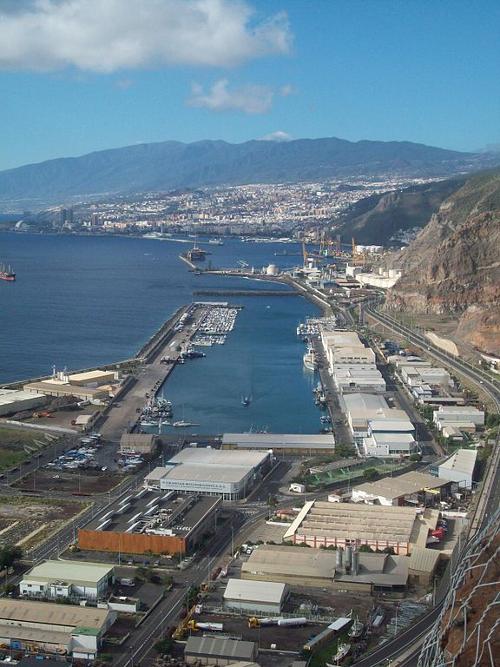 Port of Santa Cruz, TenerifePhoto: Beneharo Hdez CC 3.0 Unported no changes made
Port of Santa Cruz, TenerifePhoto: Beneharo Hdez CC 3.0 Unported no changes made
Santa Cruz de Tenerife has an important fishing port, and many people work in the fishing fleet, as well as in the canning and fishmeal factories, drying and salting plants. However, most of the salt used in the fish factories comes from the salt pans of Lanzarote. Most fish are caught between the African coast and the archipelago, especially sardines and tuna.
The problem is that many African fishing grounds are becoming off limits to Canarian fishermen and the fish processing industry is moving to the cheap African coastal countries.
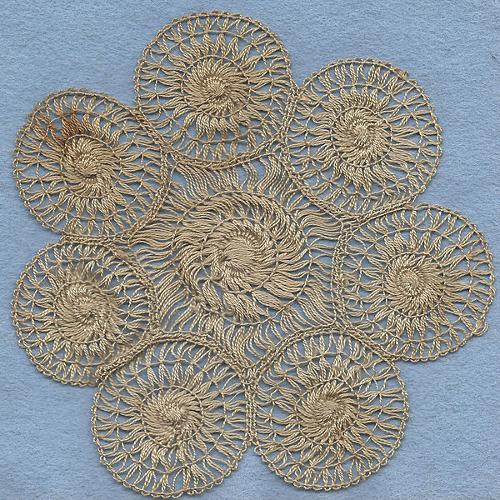 Tenerife RosetaPhoto: Joedkins CC 4.0 International no changes made
Tenerife RosetaPhoto: Joedkins CC 4.0 International no changes made
The growing flow of tourists developed a market for handicraft souvenirs ("artesanía").
The Vilaflor or Tenerife lace ("rosetas"), whose basic shape is a refined rosette, was an export commodity as far back as the 19th century. Other characteristic Canarian products are lacework, baskets, straw hats, pots, cigars and timples, a kind of small guitar.
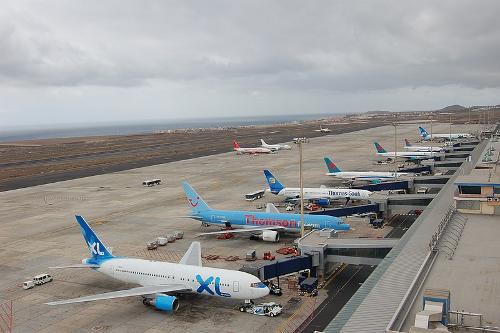 Tenerife airportPhoto: Superdominicano CC 4.0 International no changes made
Tenerife airportPhoto: Superdominicano CC 4.0 International no changes made
Sources
Gruschwitz, B.F. / Canarische Eilanden
Het Spectrum
Klöcker, H. / Tenerife
Zuidnederlandse Uitgeverij
Krause, D. / Tenerife
ANWB,
Nowaczyk, D. / Tenerife
Van Reemst
Rokebrand, R. / Reishandboek Tenerife
Elmar
CIA - World Factbook
BBC - Country Profiles
Copyright: Team The World of Info